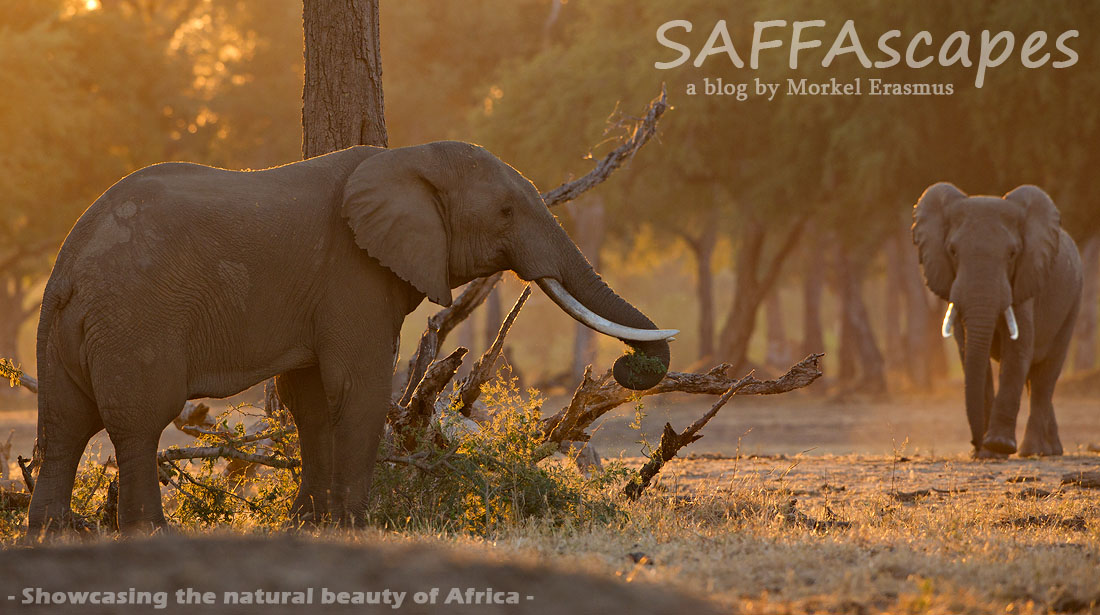Yes.
The important thing to remember is that you need to look at the HISTOGRAM specifically.
The actual graph plotted for the data contained in your actual image.
DON'T trust the version of the image you see on the LCD screen, though.
The back-of-camera LCD is far from a calibrated monitor on which to decide whether the colour or even apparent exposure of the image looks correct.
It's easy to fall back on pure image review and forget to rely on data interpretation. Yes, of course the content of the image is important if you are reviewing or double-checking your composition - what I am referring to is exposure checking, especially in tricky and challenging lighting conditions.
Consider this image - RAW, straight conversion, no processing applied.
If, at first glance, you thought that I had way underexposed this photo, you were correct.
Yet, I had done it on purpose!
The setting was a glorious misty sunrise on the last morning of the +Wild Eye Mana Pools photo safari I hosted in July (read the TRIP REPORT). When the sun rose behind the trees as a muted fiery ball, I knew that I wanted a photo with everything decently exposed (even the sun). So I purposely underexposed enough to protect the highlights and shadows from excessive clipping, knowing from experience what I would be able to pull back and rescue in processing. I shoot Nikon, and the specific settings might not correlate with how you would need to expose with other cameras, but I used these settings:
Nikon D800 with Nikkor 300mm f2.8 VR-II Aperture: f5.6
Shutter Speed: 1/1000
ISO: 250
Exposure bias: -2/3
In this case, I specifically remember that I couldn't really see jack squat on my LCD in terms of composition or image content, the photo was simply too dark. I needed to trust my framing in the viewfinder and also my exposure based on histogram.
The resultant histogram:
A couple of delicate processing steps later:
In processing these photos I always try and go for a look & feel that would seem natural - if you were standing there looking into a hazy sunrise you would see detail, soft light and the scene would be oozing with mood. The original frame doesn't have that at face value, and we need to tease that out of the photo in processing. Remember that the human eye can process an equivalent of about 32 f-stops in one view, so a camera can never just capture the precise way in which we perceive a moody, high dynamic range scene like this.
It's easy to overcook this as well and make it look garishly unrealistic!
The histogram now:
The brightest spots of the sun can be blown out - it's the sun after all.
The darkest shadows are not preventing me from enjoying the image for what is ought to be - a moody dawn in the forest.
The lesson?
Know your gear well enough to shoot on instinct.
Know well enough what you want to capture to shoot on instinct.
If necessary, read the histogram and interpret what you need to change to bring you as close as possible to a USABLE image.
I hope this post has been of help to you.
Morkel Erasmus














